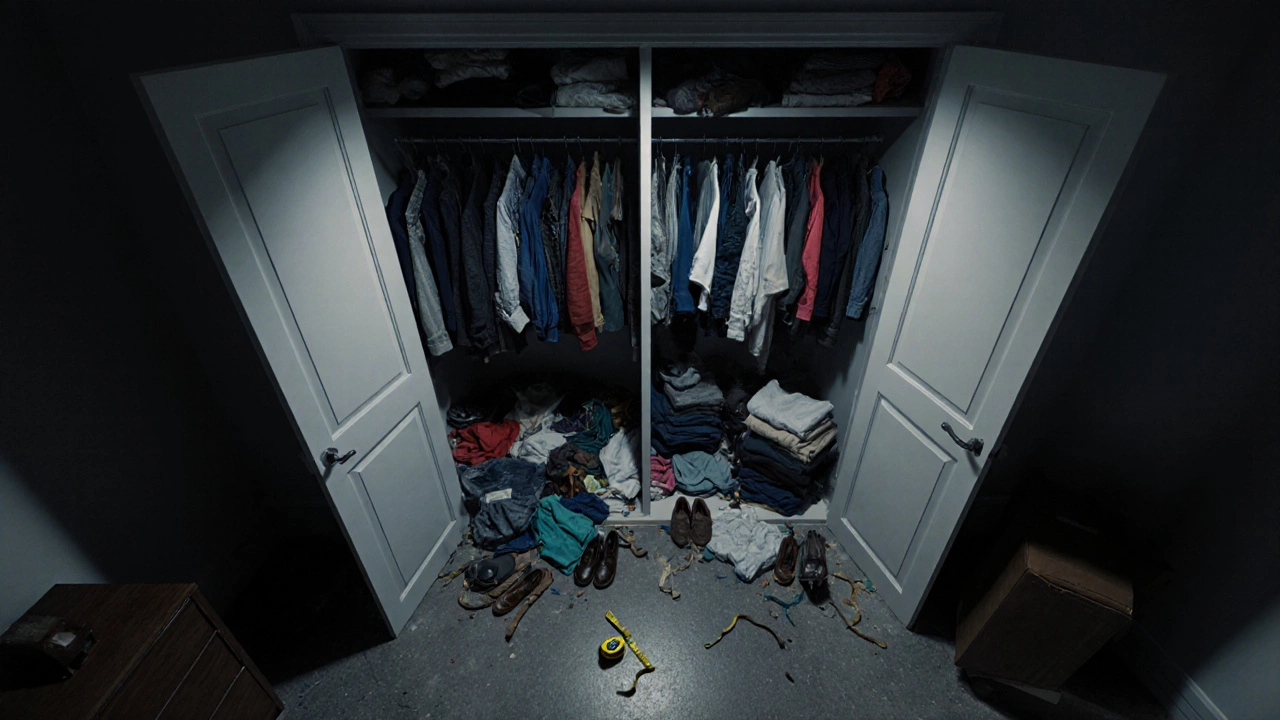Wardrobe Storage Ideas and Tips
When working with wardrobe storage, the practice of arranging clothes, accessories and seasonal items inside a wardrobe or closet to maximise space and keep everything tidy. Also known as closet organization, it helps you find what you need quickly and makes your room feel larger.
Effective wardrobe storage isn’t just about shoving more items in; it’s about using the right tools. A armoire, a freestanding wardrobe with doors, often made of wood or metal, offers deep shelves and hanging rails that can double as a display area is a classic choice for bedrooms with limited built‑in space. Meanwhile, a built‑in wardrobe, custom‑fitted storage built into the wall structure, maximises every inch and blends seamlessly with interior décor provides a sleek, permanent solution. Both options influence how you plan your storage zones and choose accessories.
Key Strategies for Smart Wardrobe Storage
First, segment your items by type: daily wear, work attire, seasonal pieces, and accessories. This segmentation creates logical groups, turning a chaotic closet into a series of mini‑zones. Zone‑based storage reduces the time you spend digging for a shirt and cuts down on impulse purchases because you see exactly what you own.
Second, use vertical space. Install an extra hanging rod, add pull‑out shelves, or fit a high‑cabinet above the existing wardrobe. Vertical extensions turn an under‑utilised ceiling area into practical storage, a move that wardrobe storage encompasses vertical organization. Adding small bins or clear boxes on these shelves keeps socks, scarves and belts sorted without taking up floor space.
Third, invest in modular organisers such as drawer dividers, shoe racks and cascade hangers. These tools require smart organisers to keep items from shifting when the door opens. A cascade hanger, for example, lets you double the number of shirts on a single rail while keeping each visible. When you pair modular pieces with an armoire’s deep interior, you create a hybrid system that adapts to changing needs.
Fourth, think about accessibility. Items you wear most often should sit at eye level, while rarely‑used pieces belong on the top shelf or in a storage bin under the bed. This hierarchy influences wardrobe storage choices because it encourages you to place what you need within reach and store the rest out of the way.
Fifth, maintain consistency with colour and texture. A unified look not only feels calm but also helps you spot out‑of‑place items. When every bin is the same shade and the same material, you instantly recognise a misplaced sweater or a stray shoe.
Lastly, plan for the future. If you anticipate a lifestyle change—like a new job, a growing family, or a shift to remote work—choose flexible solutions. Adjustable shelf heights, removable dividers and collapsible bins keep your system adaptable without a full remodel.
These ideas tie back to the posts you’ll find below. From colour trends in sofa fabrics to furniture price analysis, our collection covers everything that shapes a well‑designed interior. Whether you’re hunting for durable wardrobe materials or learning how to negotiate better deals when buying a new armoire, you’ll see how each piece fits into the larger picture of home organization.
Ready to explore specific tips, product reviews and buying guides? Scroll down to see the full range of articles that dive deeper into each aspect of smart, sustainable storage solutions.
The 333 Rule for Wardrobes: Boost Your Closet Space
Learn the 333 rule for wardrobes, a three‑zone system that organizes clothes by length and maximizes storage. Follow step‑by‑step instructions, see real‑world examples, and avoid common pitfalls.
More
